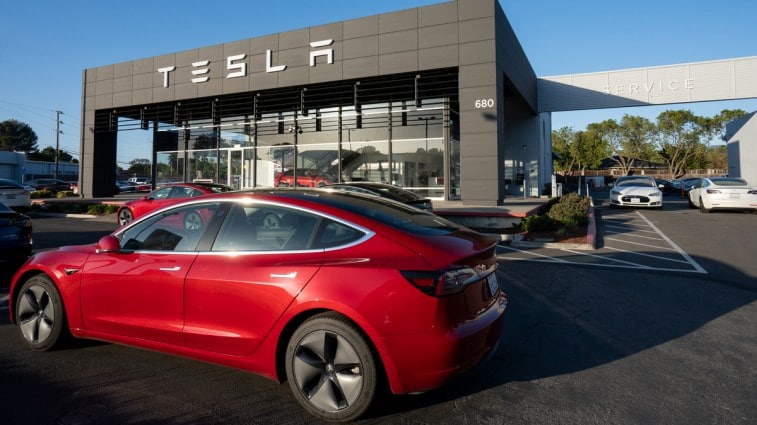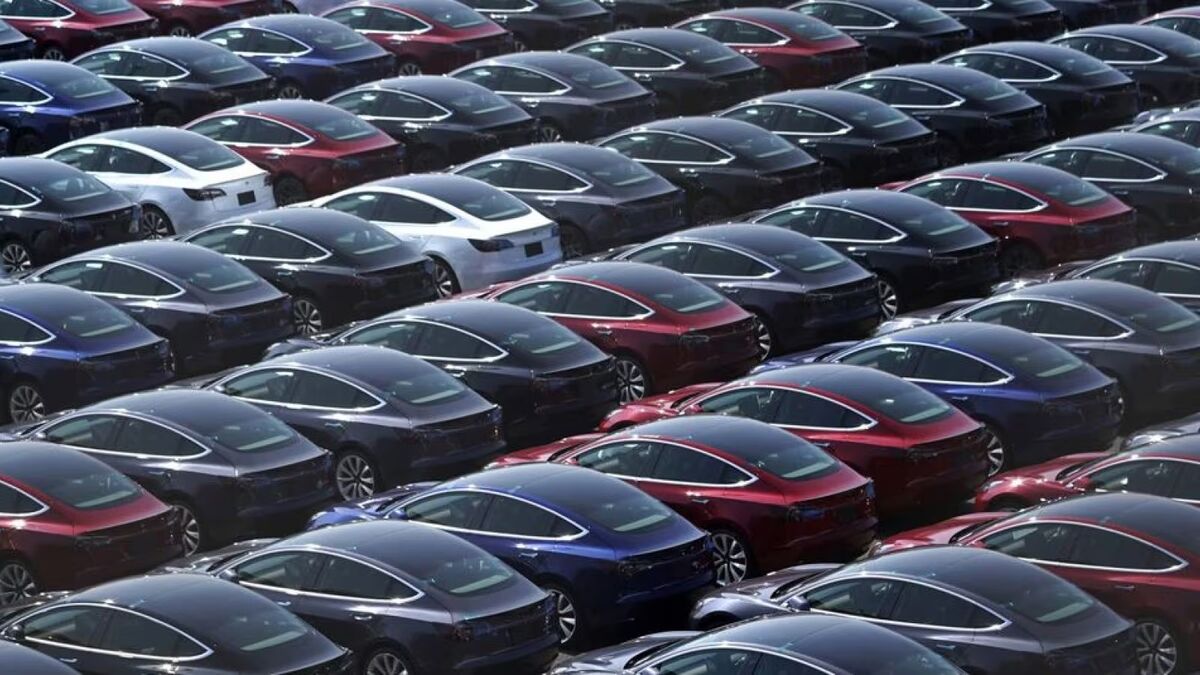
Citing “sources familiar with the matter,” Reuters claims that Tesla “last year became so inundated with driving-range complaints that it created a special team to cancel owners’ service appointments.”
Report Claims Range Gets More Accurate Below 50%
The report claims the range-estimating software in Tesla’s electric vehicles (EVs) shows drivers unrealistic range estimates when batteries are more than half full. It then reverts to a different algorithm with “more realistic projections for their remaining driving range” when batteries fall below 50%.
Related – Electric Car Range: Everything You Need to Know
The order allegedly came from the top – Reuters says Tesla CEO Elon Musk gave programmers a “directive to present the optimistic range estimates.”
“Diversion Team” Trained to Cancel Appointments
But the move has led to a surge in customers scheduling service appointments, seeking explanations for their cars’ limited range. That led Tesla to create an internal “diversion team” tasked with talking owners out of service requests.
“The team often closed hundreds of cases a week, and staffers were tracked on their average number of diverted appointments per day,” Reuters says.
The team would run remote diagnostics reports on customers’ cars. They were “trained to tell customers that the EPA-approved range estimates were just a prediction, not an actual measurement, and that batteries degrade over time.” If diagnostic reports found a problem with the vehicle, team members were instructed not to share that with the customer.
Related: The Longest-Range Electric Cars of 2023 and 2024
“Neither Tesla nor Chief Executive Elon Musk responded to detailed questions from Reuters,” the report stated.
Other Data Backs This Up
Data from Recurrent, a company that tracks EV battery life and uses machine learning to help owners care for their car’s batteries, appears to back up the claim. “Recurrent found that Tesla’s four models almost always calculated that they could travel more than 90% of their advertised EPA range estimates regardless of external temperatures,” Reuters explains.
Recurrent studies in the past have shown that both extreme heat and extreme cold reduce the range of electric vehicles (EVs).
Automakers develop the range estimates posted on EV window stickers and the government’s fueleconomy.gov website.
The U.S. EPA says it “conducts its own tests on 15% to 20% of new electric vehicles each year as part of an audit program.” Based on those results, the agency has required Tesla to lower its cars’ estimated ranges by an average of 3%.
Other Automakers’ Estimates May Be Off, Too
A study by SAE International (formerly the Society of Automotive Engineers) published in April found that “most BEVs tested to date fall short of both their electric consumption and range label values.”
That study did not break down results by brand, but study author Gregory Pannone “told Reuters that three Tesla models posted the worst performance, falling short of their advertised ranges by an average of 26%.”







